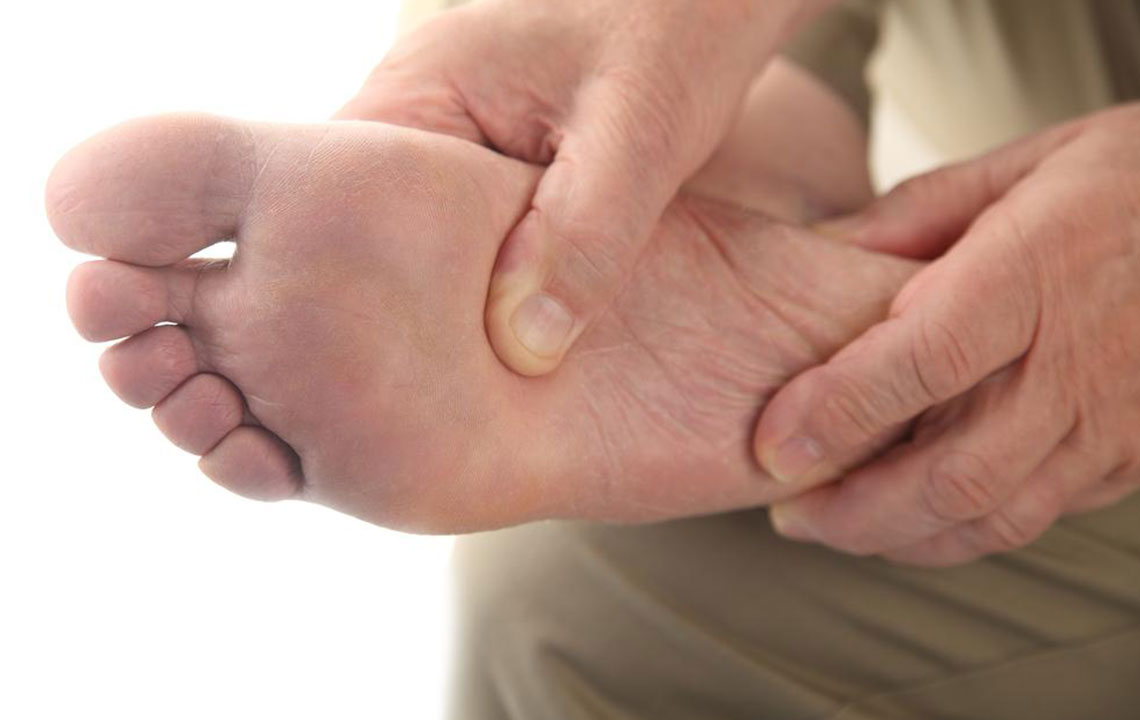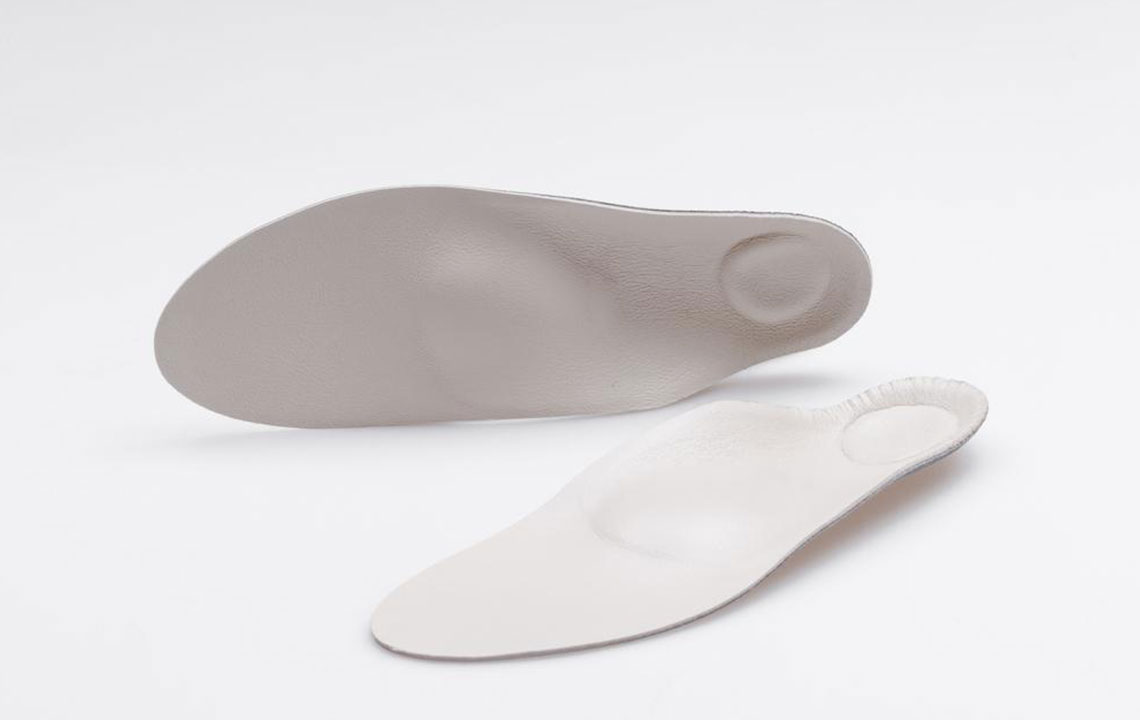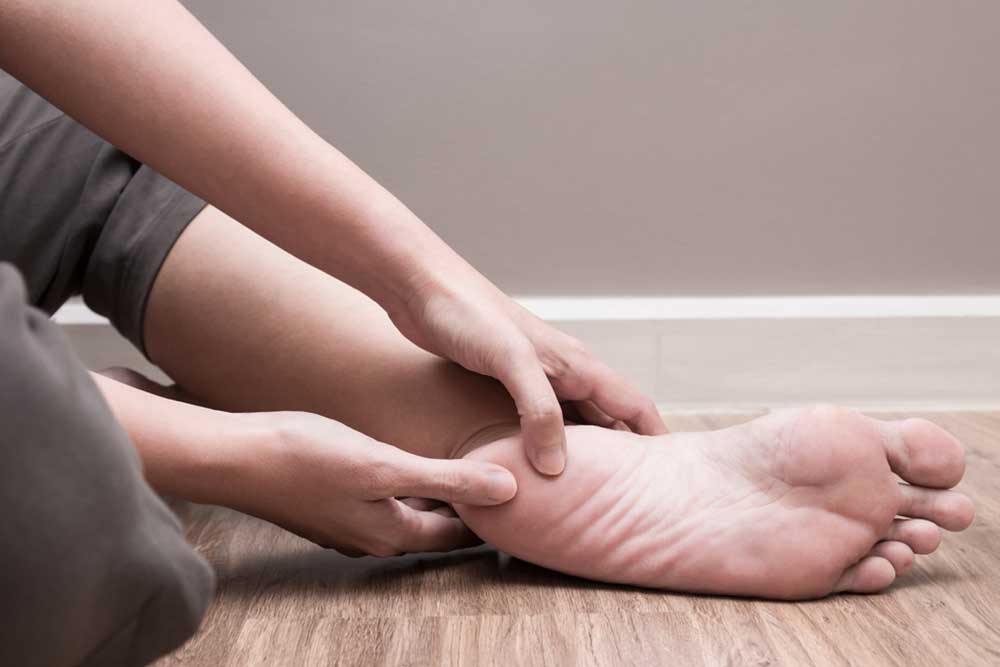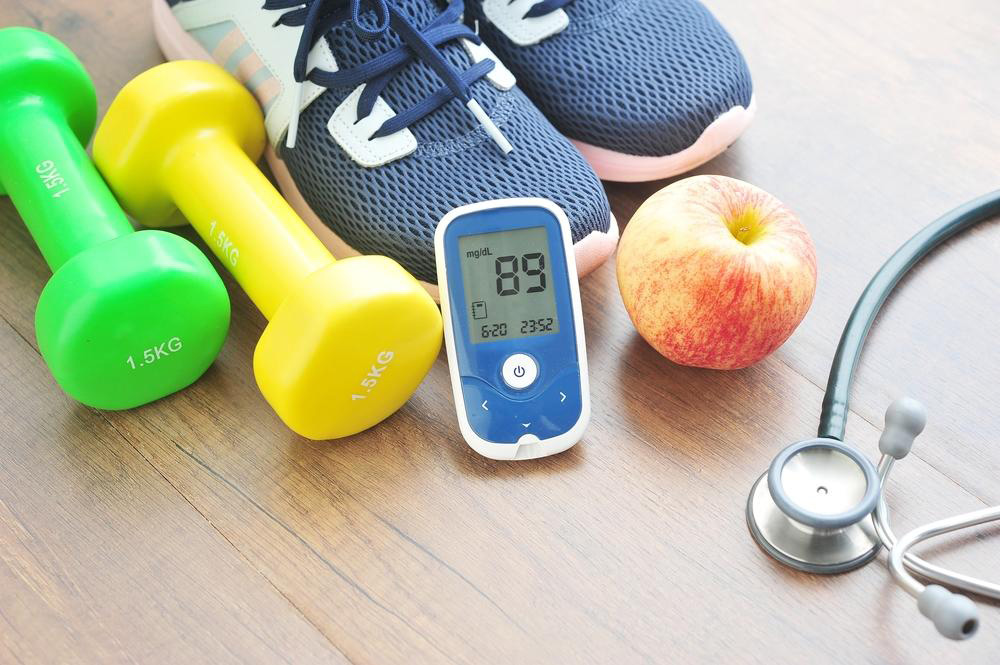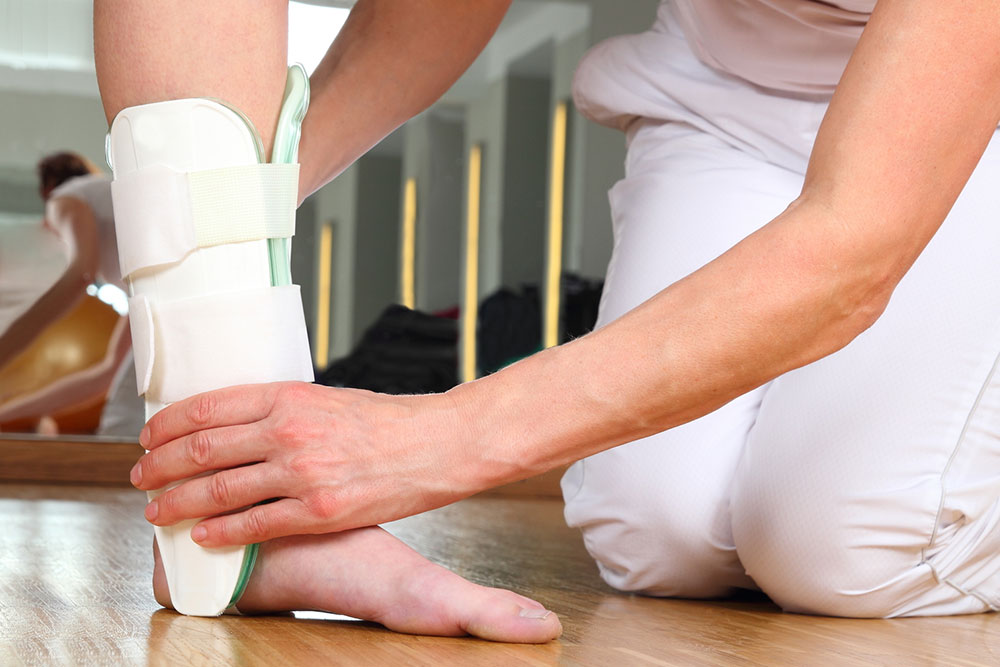Effective Orthotic Solutions for Managing Plantar Fasciitis
Discover effective orthotic solutions for plantar fasciitis, a common heel pain condition. Learn about causes, symptoms, and how custom orthotic insoles and shoes can alleviate discomfort. Proper rest, footwear, and professional guidance are key to recovery and long-term foot health. Always seek medical advice for personalized treatment. This guide aims to inform about managing plantar fasciitis through orthotic interventions, helping sufferers regain comfort and mobility efficiently.
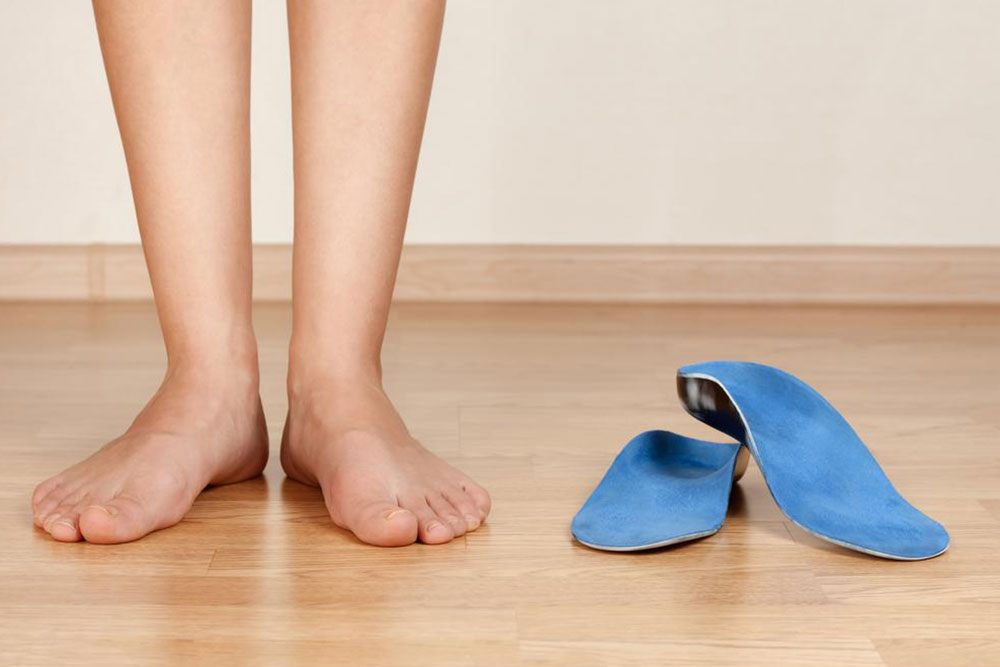
Effective Orthotic Solutions for Managing Plantar Fasciitis
Plantar fasciitis stands out as a leading cause of heel discomfort. The plantar fascia comprises tissues that link your heel to your toes, providing essential support to your foot's arch. Overuse or strain can weaken, swell, and inflame these tissues, resulting in pain during walking or standing. This condition commonly affects middle-aged adults and can occur in one or both feet simultaneously.
Causes and Symptoms
Repetitive strain and normal wear and tear are primary causes. Small tears in the ligament can produce nerve pain and swelling, especially if you're overweight, wear ill-fitting shoes, or engage in prolonged walking or running. Symptoms include heel pain that radiates to the sole, affecting walking, stair climbing, or running.
Using Orthotics
Rest and proper footwear are vital. Orthotic insoles, made from materials like rubber or plastic, are inserted into shoes to realign the foot, offer comfort, and reduce ligament strain. A variety of orthotic shoes are available for different foot issues. Consult a healthcare professional to select the best option for your condition. Typically, orthotics are worn for a specified duration based on severity and response.
Immediate pain relief often occurs after using orthotics. If pain persists, consult a doctor for additional therapies, including stretch exercises, ice therapy, or massage. It's essential to follow prescribed treatments consistently. Sometimes, extended use of orthotics may be necessary even after recovery. Always seek professional medical advice for personalized treatment plans.

